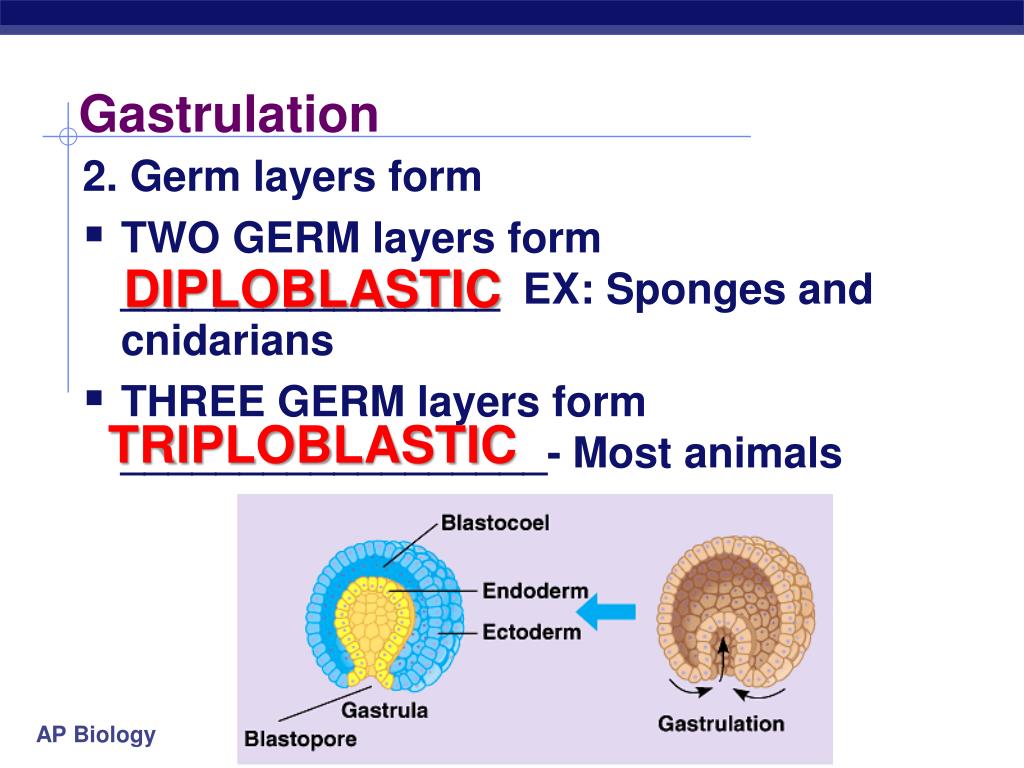
The cells that form the blastopore will become the mouth and the anus. This creates a hole in the middle of the embryo. The cells on the top of the embryo begin to move down, and the cells on the bottom of the embryo begin to move up. The blastopore is formed when the embryo begins to gastrulate.
#Blastopore that becomes mouth mac#
(credit a MAC credit b modification of Gill Slits By Own work by Zebra.The blastopore is the opening in the early embryo that becomes the mouth.

(b) pharyngeal slits in hemichordates and urochordates. In addition, hemichordates have a dorsal nerve cord in the midline of the epidermis, but lack a neural tube, a true notochord and the endostyle and post-anal tail characteristic of chordates. They also share pharyngeal slits with the chordates ( Figure). The Hemichordata (acorn worms and pterobranchs) will not be covered here, but share with the echinoderms a three-part (tripartite) coelom, similar larval forms, and a derived metanephridium that rids the animals of nitrogenous wastes. However, one of the most ancestral groups of deuterostome invertebrates, the Echinodermata, do produce tiny skeletal “bones” called ossicles that make up a true endoskeleton, or internal skeleton, covered by an epidermis. As we have seen, the vast majority of invertebrate animals do not possess a defined bony vertebral endoskeleton, or a bony cranium. The two clades, in addition to being deuterostomes, have some other interesting features in common. The Ambulacraria include the echinoderms and the hemichordates, which were once considered to be a chordate subphylum ( Figure). The Chordata include the vertebrates and two invertebrate subphyla, the urochordates and the cephalochordates. The deuterostomes consist of two major clades-the Chordata and the Ambulacraria. Cleavage in most deuterostomes is also indeterminant, meaning that the developmental fates of early embryonic cells are not decided at that point of embryonic development (this is why we could potentially clone most deuterostomes, including ourselves). The blastopore forms the anus of the alimentary system in the juvenile and adult forms. The archenteron develops into the alimentary canal, and a mouth opening is formed by invagination of ectoderm at the pole opposite the blastopore of the gastrula. The resulting coelom is termed an enterocoelom. This happens when the mesodermal pouches become separated from the invaginating endodermal layer forming the archenteron, then expand and fuse to form the coelomic cavity. In deuterostomes, the endodermal lining of the archenteron usually forms buds called coelomic pouches that expand and ultimately obliterate the embryonic blastocoel (the cavity within the blastula and early gastrula) to become the embryonic mesoderm, the third germ layer.
#Blastopore that becomes mouth series#
There are a series of other developmental characteristics that differ between protostomes and deuterostomes, including the type of early cleavage (embryonic cell division) and the mode of formation of the coelom of the embryo: Protosomes typically exhibit spiral mosaic cleavage whereas deuterostomes exhibit radial regulative cleavage. In protostomes (“mouth first”), the first embryonic opening becomes the mouth, and the second opening becomes the anus. The word deuterostome comes from the Greek word meaning “mouth second,” indicating that the mouth develops as a secondary structure opposite the location of the blastopore, which becomes the anus. Recall that protostomes and deuterostomes differ in certain aspects of their embryonic development, and they are named based on which opening of the archenteron (primitive gut tube) develops first.


The phyla Echinodermata and Chordata (the phylum that includes humans) both belong to the superphylum Deuterostomia.


 0 kommentar(er)
0 kommentar(er)
